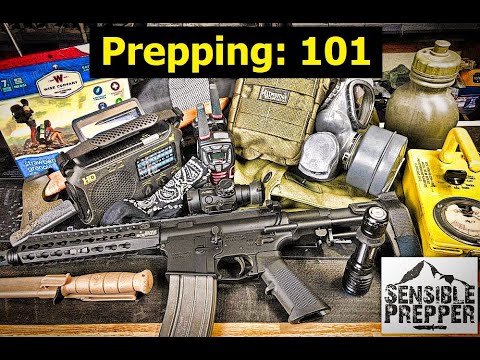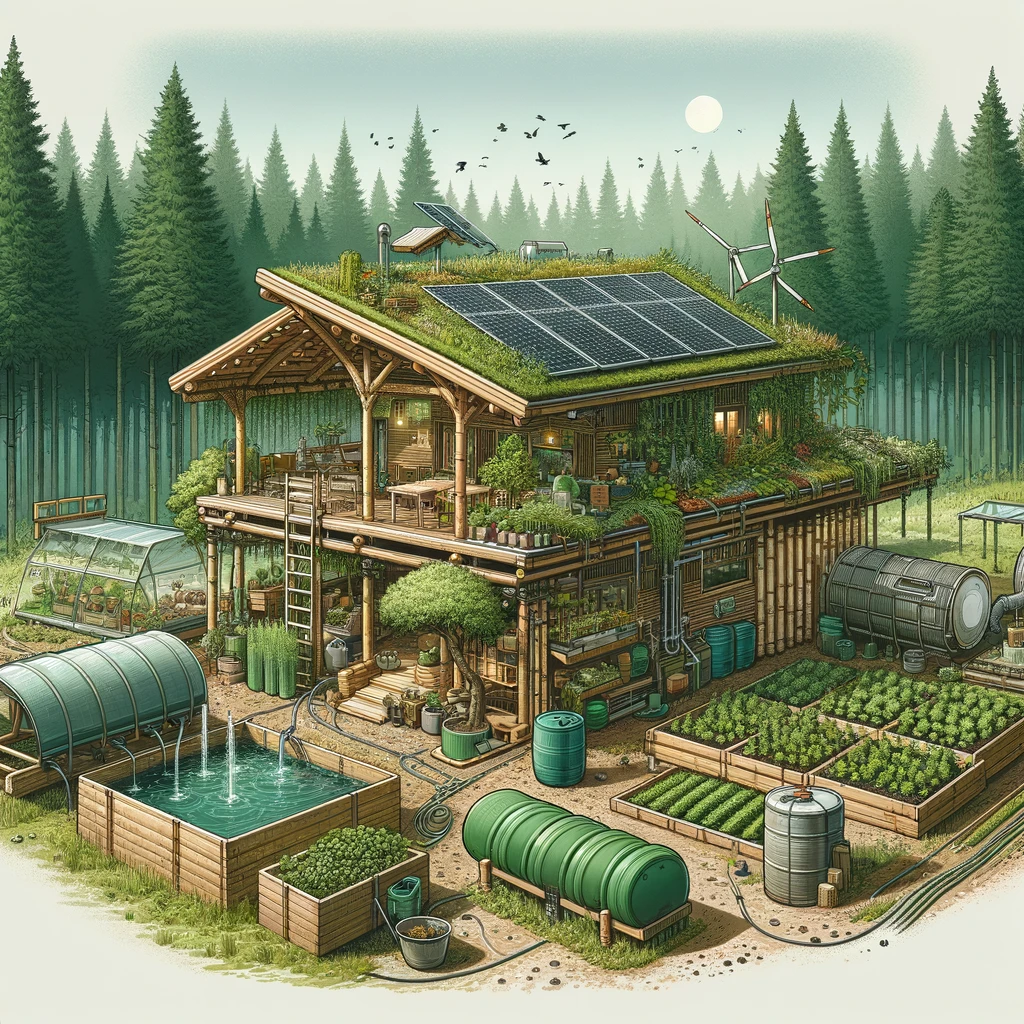In a world where self-sufficiency is increasingly valuable, preppers are turning to renewable energy projects to ensure a sustainable and independent power supply. From harnessing solar energy to building wind turbines, these DIY projects not only reduce reliance on traditional power grids but also enhance preparedness for emergencies. This guide will walk you through some of the most effective DIY renewable energy projects for preppers, complete with step-by-step instructions and product recommendations.
1. Harnessing Solar Power
Solar energy is one of the most accessible and efficient forms of renewable energy. Here’s how you can set up your own solar power system:
Materials Needed:
- Solar panels
- Charge controller
- Battery bank
- Inverter
- Mounting hardware and wiring
Steps:
- Assess Your Energy Needs: Calculate your daily energy consumption to determine the size of the solar system required.
- Choose the Right Solar Panels: Opt for high-efficiency panels like the Renogy 100 Watt 12 Volt Monocrystalline Solar Panel.
- Install the Panels: Mount the solar panels on a roof or an open space with maximum sun exposure.
- Connect the Charge Controller: This device regulates the voltage and current coming from the solar panels to the battery.
- Set Up the Battery Bank: Use deep-cycle batteries to store the energy. The Renogy Deep Cycle AGM Battery is a reliable option.
- Install the Inverter: This converts the stored DC power into AC power for household use.
- Wiring and Testing: Connect the system, ensuring all components are wired correctly. Test the system to ensure it functions properly.
2. Building a Wind Turbine
Wind energy is another excellent renewable resource. Building a DIY wind turbine can be a rewarding project that provides consistent energy, especially in windy areas.
Materials Needed:
- DC motor (acts as a generator)
- Blades (can be made from PVC pipes)
- Hub and tail assembly
- Tower (a sturdy pole)
- Charge controller and batteries
- Wiring and mounting hardware
Steps:
- Construct the Blades: Cut PVC pipes into blade shapes and attach them to the hub.
- Assemble the Motor and Hub: Connect the blades to the DC motor securely.
- Build the Tail: Attach a lightweight tail to help the turbine face the wind.
- Mount the Turbine: Install the turbine on a tall pole or tower in an open area.
- Connect the Electrical Components: Wire the turbine to a charge controller and battery bank to store the generated power.
- Install the Inverter: Convert the stored power to a usable form for your home.
- Test the System: Ensure the turbine rotates freely and generates electricity efficiently.
Product Recommendation: For a DIY wind turbine kit, consider the VEVOR 500W Wind Turbine Generator.
3. Micro-Hydro Power System
If you have access to a flowing water source, a micro-hydro power system can be an incredibly reliable energy source.
Materials Needed:
- Water turbine
- Penstock (pipeline)
- Generator
- Charge controller and batteries
- Inverter
- Piping and wiring
Steps:
- Assess the Water Flow: Measure the flow rate and head height to determine the potential power output.
- Install the Penstock: Lay down the pipeline to direct water flow from the source to the turbine.
- Set Up the Turbine and Generator: Place the turbine in a position where it can be driven by the water flow.
- Connect the Electrical Components: Wire the turbine to a generator, then to a charge controller and battery bank.
- Install the Inverter: Convert the generated power to a usable form.
- Testing and Maintenance: Regularly check the system for debris and ensure it’s functioning efficiently.
Product Recommendation: The TABODD 50W 100W Micro Hydroelectric Turbine Generator is an excellent choice for micro-hydro power projects.
Conclusion
DIY renewable energy projects are an excellent way for preppers to ensure a steady and sustainable power supply. Whether you choose solar, wind, or hydro power, these projects not only enhance your self-sufficiency but also contribute to environmental conservation. By investing in the right materials and following these step-by-step guides, you can build reliable energy sources that keep you powered up in any situation.



